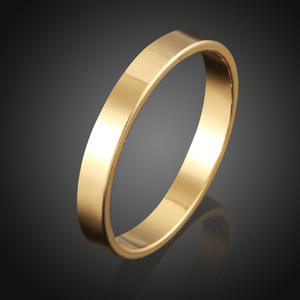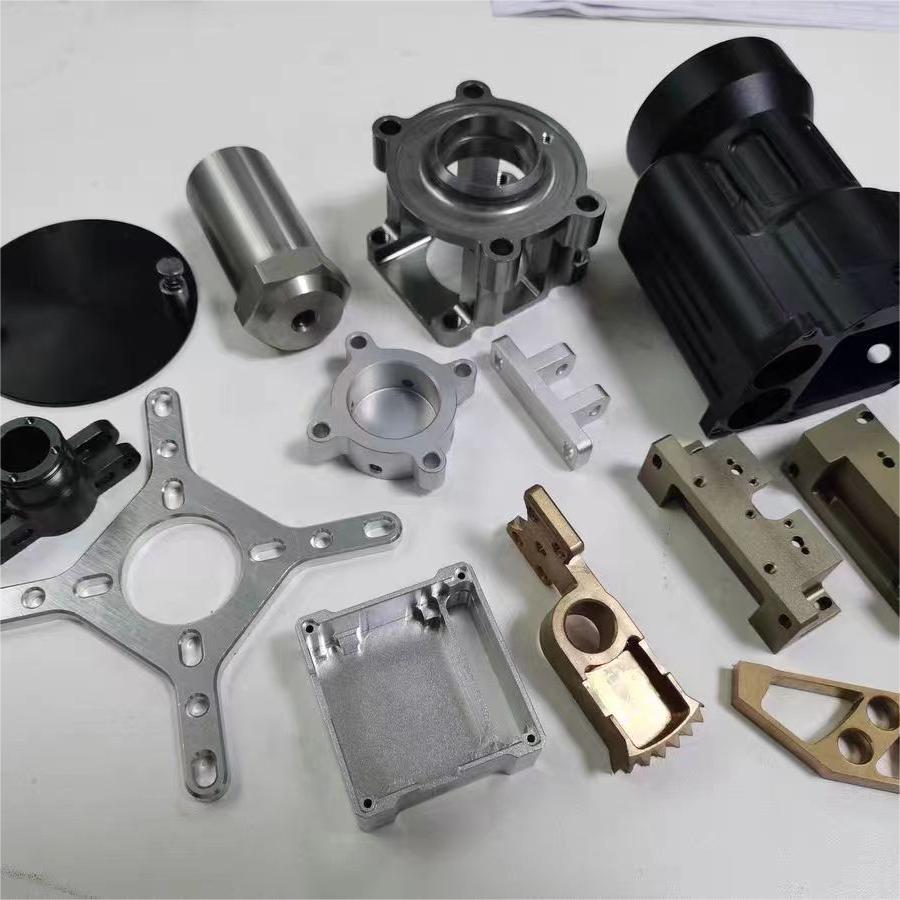**Title: Banishing the Scaffolding: Your No-Nonsense Guide to Cleaning Up 3D Prints**
(How To Remove Support Material From 3d Print)
So you’ve just pulled a fresh 3D print off the bed. It looks almost perfect—except for those weird crusty bits clinging to it. Those are support structures, the unsung heroes that hold up overhangs and bridges during printing. Now comes the fun part: removing them without turning your masterpiece into modern art. Let’s break it down.
First, gather your tools. You’ll need needle-nose pliers, flush cutters, a hobby knife, sandpaper (200-400 grit), and maybe a hairdryer. Safety glasses are non-negotiable. Tiny plastic shards love eyeballs.
Start by identifying where the supports connect to the model. Most slicer software color-codes them, usually in a different shade from the main print. If not, look for thin, lattice-like patterns hugging curves or gaps. Grab the pliers. Grip the base of a support structure and wiggle it gently. If it resists, don’t force it. Switch to the flush cutters. Snip the support near the model’s surface, leaving a small nub.
For stubborn supports, heat is your friend. Aim a hairdryer at low heat toward the area for 10-15 seconds. The plastic softens just enough to make peeling easier. Test this on a scrap print first. Some filaments warp easily, and you don’t want a melted mess.
Next, tackle the leftovers. Use the hobby knife to shave off nubs or stringy bits. Hold the blade at a shallow angle and scrape lightly. Press too hard, and you’ll gouge the surface. Work under good lighting. Shadows hide imperfections until it’s too late.
Sanding comes next. Start with coarse grit (200) to level rough spots. Move to finer grit (400) to smooth the surface. Sand in one direction, not circles. Circular scratches are harder to hide. Wet-sanding works for materials like PLA—dip the paper in water to reduce dust.
Check tight spots. Supports in crevices or between delicate parts need patience. Tweezers or dental picks can pry out hidden fragments. Rotate the model to see angles you might miss. If a piece won’t budge, trim it flush and pretend it’s a design feature.
Watch out for common mistakes. Peeling too fast can crack thin walls. Cutting blindly might slice into the model. Skipping sanding leaves a rough finish. Rushing the job leads to regrets.
Different materials behave differently. PLA is forgiving but brittle. ABS bends more but requires ventilation. PETG is sticky and might fuse with supports. Adjust your approach. Soak prints in warm water if using PVA supports (for dual-extrusion printers). They dissolve, leaving minimal cleanup.
Still stuck? Try tweaking support settings in your slicer. Reduce the support density or increase the Z-distance between supports and the model. Tree supports are easier to remove than grid ones. Less contact means less cleanup.
Remember, practice makes less-messy. Your first few attempts might look like a plastic crime scene. That’s normal. Each print teaches you something—like which tools to use, how much force to apply, or when to walk away and order a pizza.
(How To Remove Support Material From 3d Print)
Embrace the imperfections. A few tiny scars add character. After all, 3D printing is part science, part art, and part “how did I not stab myself today.” Keep tweaking, keep experimenting, and soon you’ll be stripping supports like a pro—no drama, no tears.
Inquiry us
if you want to want to know more, please feel free to contact us. (nanotrun@yahoo.com)

